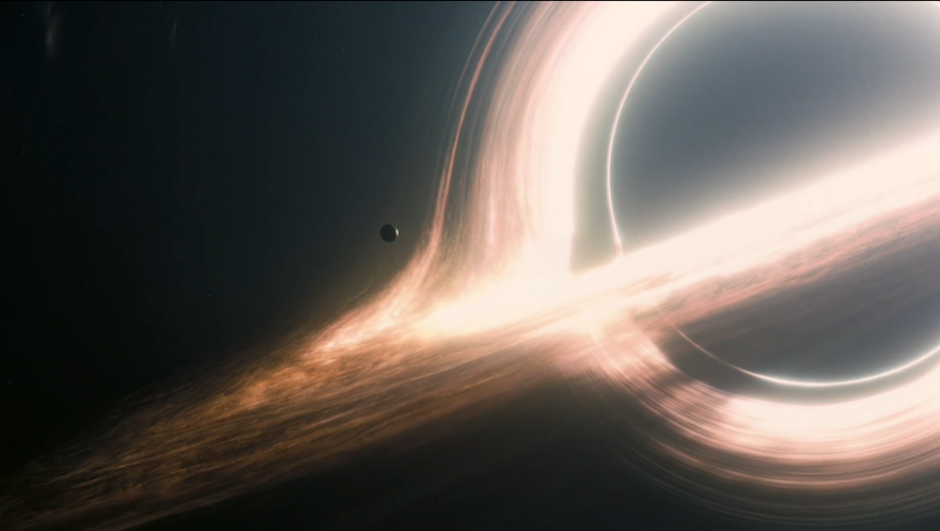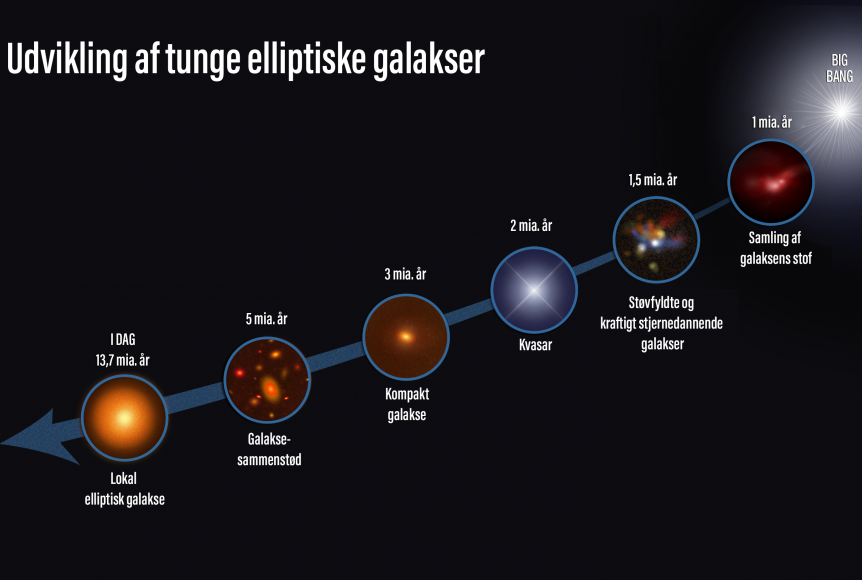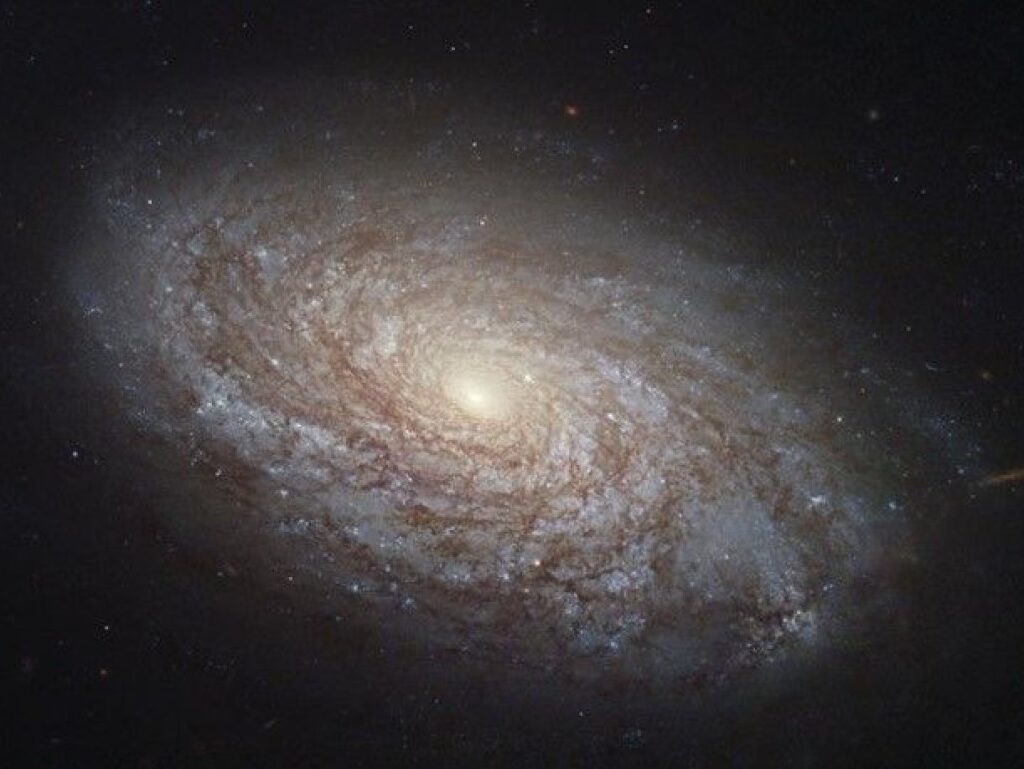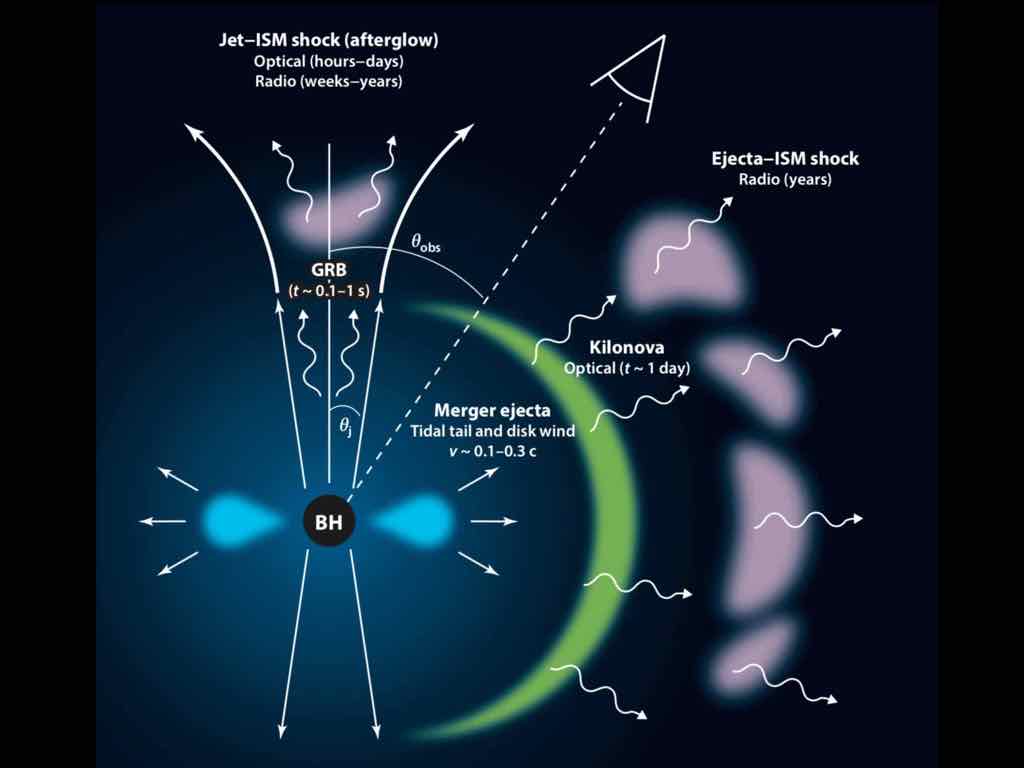Popular science articles
The galaxy cluster Abell 370 contains hundreds of galaxies. Their combined mass is so large that it deforms space, acting as a gravitational lens that magnifies and distorts the light from distant background galaxies.
Image credit: NASA, ESA, and J. Lotz and the HFF Team (STScI).
Danish physics students solves black-hole-mystery
Massive objects curves space. Black holes, being particularly compact, curve space so much that light rays may orbit them. DAWN student Albert Sneppen developed a mathematical description of this effect, explained here in a popular way.
🇩🇰 Læs artiklen
Models reveal galaxy's fascinating evolution
What exactly do astronomers do? Anybody can look through a telescope, so being a astronomer must require more than that. As astronomers, we compare what we see in telescopes to mathematical models that describe the objects we observe. Dive into the art of galaxy modeling.
🇩🇰 Læs artiklen
How are galaxies formed?
How are the magnificent collections of gas, stars, dark matter, and more created? Learn how in this step-by-step guide to galaxy formation.
Published first in Danish on videnskab.dk, later in English on ScienceNordic.com.
🇬🇧 Read the article
🇩🇰 Læs artiklen
What is a galaxy?
Galaxies are at the heart of DAWN's research. But what are they actually, what are they made of, and which different types exist?
Published first in Danish on videnskab.dk, later in English on ScienceNordic.com.
The Big Bang — an eyewitness account
What would you experience if you were present during the first 15 minutes after the creation of the Universe?
Published first in Danish on videnskab.dk, later in English on ScienceNordic.com and Norwegian on forskning.no.
Awarded best Danish public outreach on Forskerzonen in 2019.
Kilonovae and the origin of gold
A kilonova is the result of a collision between two neutron stars or a neutron star and a black hole, producing precious metals such as gold, silver and platinum.
Published in KVANT. Available upon request.








